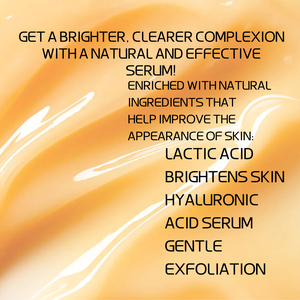
All categories
Featured selections
Trade Assurance
Buyer Central
Help Center
Get the app
Become a supplier

(50 products available)













































 Ready to Ship
Ready to Ship





 Ready to Ship
Ready to ShipUsing ordinary lactic acid in various products has gained significant traction in recent years due to its versatile chemical properties and numerous health benefits. Lactic acid, a natural alpha-hydroxy acid (AHA), is primarily known for its role in skincare and cosmetic applications. It is derived from milk, fruits, and vegetables through fermentation processes, making it a biodegradable and eco-friendly choice for consumers who seek sustainable options. This compound not only hydrates and exfoliates the skin but also promotes a youthful appearance by inhibiting the formation of acne and dark spots. Manufacturing practices ensure that ordinary lactic acid remains accessible for a multitude of applications across different industries.
Using ordinary lactic acid extends to a variety of product formulations that cater to different consumer needs. Here are the primary categories:
The versatility of using ordinary lactic acid allows it to be applied in numerous sectors:
Incorporating ordinary lactic acid into formulations presents several notable advantages:
Using ordinary lactic acid is a powerful option for those seeking effective, gentle, and natural solutions in skincare, food production, and industrial applications. Its multifaceted benefits and wide-ranging applicability make it an essential ingredient in modern formulations. By understanding the types, applications, and advantages of lactic acid, businesses can capitalize on its potential to meet consumer demands for effective and sustainable products.